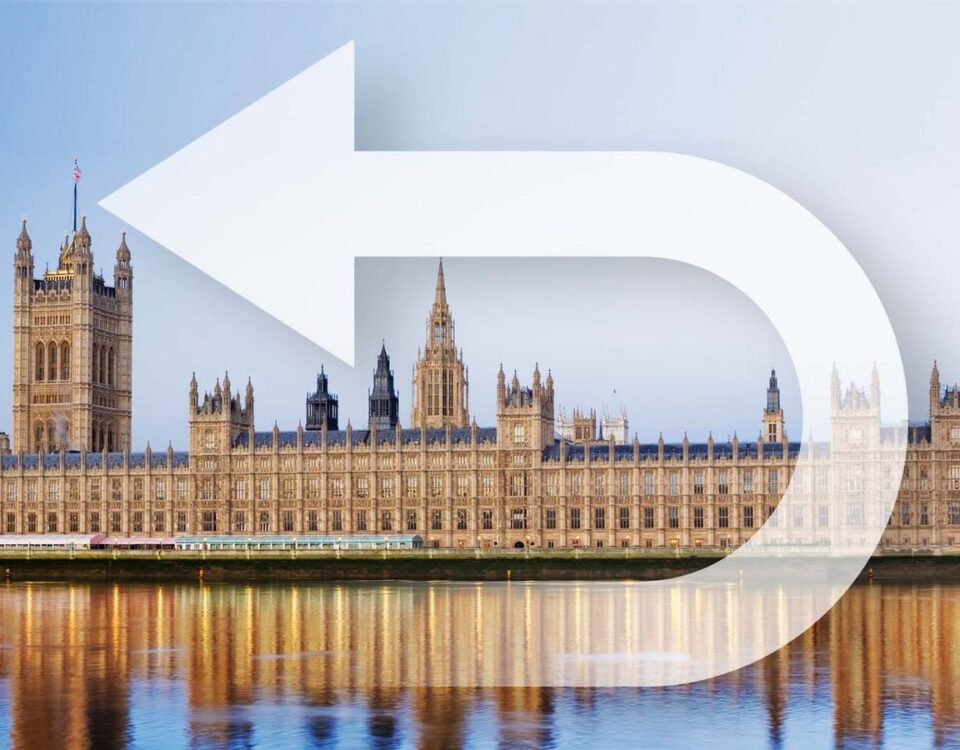What Tax effects does the Chancellor’s Budget have on Individuals and Businesses?
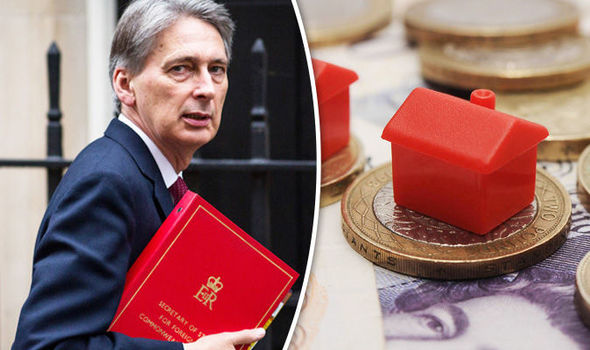
This article explains some of the main tax changes that were announced on 22nd November 2017 in the Chancellor; Philip Hammond’s speech, and how this will effect taxpayers. Some measures come into effect straight away, some next year and some are warnings of changes coming in 2019/2020.. So what tax effects does Chancellor’s Budget have on Individuals and Businesses?
Key Points
- From 22nd November 2017 Stamp Duty Land Tax (SDLT) is abolished for first-time buyers on homes costing up to £300,000; no SDLT on first £300,000 of first-time buyer’s purchase of homes costing up to £500,000.
- Indexation allowance, which gives companies relief for the effect of inflation on capital gains will be frozen on January 2018 for disposals after that date.
- The rate of the Research and Development Expenditure Credit increases from 11% to 12% with effect from 1 January 2018.
- Tax-free personal allowance rises from £11,500 to £11,850; threshold for 40% tax rises from £45,000 to £46,350. Tax rates and thresholds for Scottish taxpayers are to be confirmed by the Scottish Parliament in December.
- Abolition of Class 2 National Insurance and reform of Class 4 NIC for self-employed is deferred by a year to April 2019 in order to assess impact on contributory benefits.
- Freezing of VAT registration threshold at £85,000 for two years instead of the usual £2,000 increase.
- Capital Gains Tax annual exempt amount rises from £11,300 to £11,700.
Personal Income Tax
Tax Rates and Allowances
For the tax year 2018/19, the main tax-free personal allowance is increased to £11,850 (up from £11,500), and the basic rate of tax applies – in England, Wales and Northern Ireland – to the next £34,500 of income (up from £33,500). This means that the threshold for 40% tax will be £46,350 for 2018/19 (up from £45,000). The level of income at which personal allowances are withdrawn remains £100,000; the withdrawal of £1 for every £2 of income means that there’s a rate of tax of 60% in the band of income up to £123,700 in 2018/19, above which the taxpayer will have no personal allowance.
The Dividend Allowance will be reduced from £5,000 to £2,000 for 2018/19. Any Excess above the allowance is charged at 7.5%, 32.5% or 38.1%, depending on what rate band taxpayers fall within. Reducing the Dividend Allowance will raise nearly £1 billion per year by the end of this Parliament. An individual’s tax liability on income will vary depending on the components of that income (e.g, salary, profits, rent, dividends). On a simple salary of £46,350, the Income Tax payable will be £340 less in 2018/19 than in 2017/18. However, the 12% NI upper limit also increases, so there’ll be an extra employee’s NIC bill of £100 to offset the tax reduction.
Employees
Company Cars and Fuel
The supplementary percentage to calculate taxable benefit of diesel cars increases from 3% to 4% from 6 April 2018. This means the minimum percentage of the initial list price of the car will be 13% for petrol and 17% for diesel cars. with emissions ratings up to 50g/km, but the maximum charge remains 37% for either petrol or diesel cars.
From 6 April 2018, there will by law be no charge to Income Tax or National Insurance on the benefit provided to an employee whose employer allows them to charge an electric car at the workplace. In theory, a tax charge could otherwise arise on the cost of providing the benefit, so this puts the matter beyond doubt.
SAYE Schemes
Employees with SAYE-related share option schemes are permitted to pause their contributions while on maternity or paternity leave. This has been limited to 6 months, but will increase to 12 months from 6 April 2018.
‘Off Payroll’ and Disguised Remuneration
HMRC has been concerned about individuals working through personal service companies (PSCs) and similar arrangements for two decades: they regard this as a way of avoiding PAYE and Class 1 NIC where ‘in reality’ (in HMRC’s view) the individual is acting as an employee. From 6 April 2017, where the individual behind the PSC works in the public sector, the responsibility for paying this tax has been transferred to the person making the payment to the PSC. Public bodies such as NHS Trusts have had to account for PAYE on such payments, even if the PSC is registered for VAT. The Government intends to consult on the possibility of extending this to people working in the private sector as well.
Meanwhile, other anti-avoidance measures announced in 2016 have been confirmed as applying for the tax year 2017/18. These are aimed at ‘disguised remuneration’ schemes used by closely controlled companies to pay what are effectively earnings to employees without accounting for PAYE, where the employees have a material interest in the company.
Termination Payment
From April 2018 termination payments paid in a year in which the recipient is UK resident will no longer be eligible for ‘foreign service relief’. Until now this has exempted from income tax a termination payment to a person leaving a job if a sufficient proportion of the employment was spent outside the UK.
Employee Expenses
As a simplification measure, from April 2019 employers paying subsistence expenses will no longer be subject to a requirement that they check receipts if they are within benchmark subsistence scale rates. Existing concessionary overseas scale rates for subsistence and accommodation will be placed on a statutory basis in order to provide greater certainty for businesses.
National Insurance Contributions
Thresholds and Rates
From 6 April 2018, the National Insurance Contributions (NIC) thresholds for employers and employees rise from £157 to £162 per week (£8,424 per year). The Upper Earnings Limit will increase to £892 per week (£46,384 per year, or £46,350 where a single annual calculation is carried out) in line with the threshold for 40% Income Tax.
In the March Budget, it was announced that there would be increases in the rates of Class 4 NIC for the self-employed in April 2018 and April 2019. Following protests that this was contrary to a manifesto pledge at the 2015 General Election, the Government dropped the proposal. Although the pledge was not repeated in this year’s manifesto, the Chancellor confirmed that the increases will not now be implemented.
It was also previously announced that Class 2 NIC would be abolished in April 2018, and entitlement to State Pension would be built up by paying Class 4 NIC. Those who earn low profits do not pay Class 4, so they would have to pay Class 3 NIC to qualify for State Pension.
The Government has noted concerns that this would increase costs for low earners, because Class 3 contributions are substantially higher than Class 2. They will therefore, delay the abolition of Class 2 NIC until April 2019, and will consult on possible alternative arrangements in the meantime.
Savings and Pensions
Pension Contributions
The limit on contributions to tax-advantaged pension schemes remains £40,000 per year for those with income up to £150,000 (£110,000 if the pension contribution is paid in addition to salary by an employer). This limit is tapered away as income increases above £150,000, until it is only £10,000 when income reaches £210,000. The limit is also reduced to £4,000 for anyone who has accessed ‘flexible income drawdown’ from an existing pension fund.
The lifetime allowance (LA) is the maximum amount that a person can save in tax-advantaged pension schemes. The value of benefits is measured against the LA when benefits are first taken from a pension, and also on some other occasions, including the individual’s 75th birthday. The LA was reduced from £1.25 million to £1 million with effect from 6 April 2016. It will increase in line with inflation to £1.03 million from 6 April 2018.
Tax-Advantaged Venture Capital Schemes
The Enterprise Investment Scheme (EIS), Seed Enterprise Investment Scheme (SEIS) and Venture Capital Trusts (VCTs) offer a range of tax advantages for investment in companies, but are subject to a bewildering range of conditions and rules. These have been subject to a review which has led to a number of changes to be introduced from 6 April 2018. Some of these are intended to move VCTs towards investment in higher risk companies.
The main impact on individual investors is an increase in the annual limit for investment in EIS companies from £1m to £2m, provided that any amount over £1m is invested in one or more knowledge-intensive companies. The rules for such companies will also be modified to make it easier for them to raise money under the EIS.
Capital Gains Tax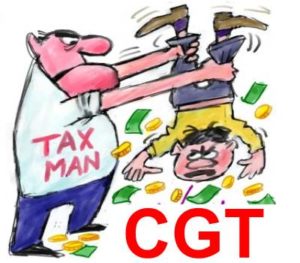
Rates
The annual exempt amount rises from £11,300 to £11,700 for 2018/19. The rates of tax are unchanged at 10% (total income and gains within the taxpayer’s basic rate limit) or 20% (gains above the basic rate limit) on assets in general, but 18% or 28% on residential property that is not eligible for the main residence exemption, and also on ‘carried interest’ of investment fund managers.
Most trusts enjoy half the annual exempt amount (£5,850) and pay tax at 20% or 28% on chargeable gains.
Non-Resident Charge
Non-UK residents used to pay no tax on gains on UK property. A charge was introduced for gains on residential property situated in the UK with effect from 6 April 2015. It is now proposed to extend this to non-residential property with effect from 1 April 2019 (companies) or 6 April 2019 (individuals and trusts). Only the gain accruing after that date will be charged.
Payment of Tax on Residential Property
In the Autumn Statement 2015, George Osborne announced an intention to advance the due date for CGT on the sale of residential property to 30 days after the completion of a sale. This would only apply if a chargeable gain arose, so it would not affect the sale of an exempt main residence; but on the sale of a buy-to-let or furnished holiday letting property, it would very significantly advance the payment of the tax from 31 January following the end of the tax year. The measure was to be introduced with effect from 6 April 2019, but the current Budget delays this until April 2020.
Inheritance Tax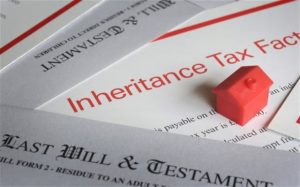
Rates
The 0% rate band remains frozen at £325,000 until the end of 2020/21. The ‘residential enhancement’, announced in 2015, began to take effect for death transfers from 6 April 2017. This will apply an additional 0% rate band (initially £100,000; £125,000 from 6 April 2018 to 5 April 2019; and rising to £175,000 by 2020/21) where a taxpayer’s residence is left to direct descendants. A married couple will potentially then be able to leave £1 million free of IHT to their descendants (£325,000 plus £175,000 from each parent), but the rules are complicated and their operation is as yet unfamiliar.
Business Tax
Corporation Tax Rates
The Chancellor confirmed the Corporation Tax rates previously announced: 19% for three years from 1 April 2017, then 17% from 1 April 2020.
Corporate Capital Gains
Capital gains made by companies have been computed differently from gains of individuals and trusts since 1998. Relief is given to companies for the effect of inflation by means of ‘indexation allowance’, which adjusts the cost of an asset for the rise in the Retail Prices Index between the acquisition and the disposal of the asset. The Chancellor has decided to freeze this allowance with effect from January 2018, so companies will pay increasing amounts of corporation tax on gains realised after that date as the benefit of the relief reduces. This measure is budgeted to bring in substantial amounts of tax –over half a billion pounds a year by the end of the Parliament.
Research and Development
Qualifying expenditure on Research and Development (R&D) benefits from extra reliefs for corporation tax. To encourage further investment in R&D, the rate of R&D Expenditure Credit will increase from 11% to 12% with effect from 1 January 2018.
Capital Allowances on Cars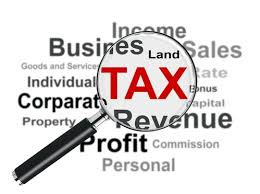
New ‘low emission’ cars attract a 100% first year allowance. For expenditure from 1 April 2018, the CO2 emission threshold for qualifying cars reduces to 50g/km (from 75g/km). From the same date, the threshold at which a car is treated as ‘high emission’ also falls to 110g/km (from 130g/km). High emission cars only qualify for reduced writing down allowances at 8% per annum in the ‘special rate pool’, rather than the 18% rate of allowance that applies to general plant.
A business that is considering buying a car might advance a purchase to enjoy the better treatment of expenditure before these changes take effect.
Enhanced Capital Allowances
The list of designated technologies qualifying for 100% relief on capital expenditure, to support investment in energy-saving plant and machinery, will be updated by way of statutory instrument after the Budget.
Royalties
To address the avoidance of UK tax by multinational groups paying royalties on UK sales (which is a deductible expense for UK corporation tax to group companies based in low-tax jurisdictions) a withholding tax will be introduced on such payments with effect from April 2019.
Business Rates
The Budget report notes that previous Budgets included measures to relieve the impact of business rates by about £9.5 billion over the life of this Parliament. Further measures have been added, intended to support businesses affected by business rates increases with a total benefit of another £2.3 billion:
- Bringing forward to April 2018 a change to the method of measuring inflation: the Consumer Prices Index will be used instead of the Retail Prices Index.
- Legislating retrospectively to reverse the effect of a Supreme Court judgment in a case in which two floors of an office building occupied by the same business had to be treated as separate properties for rating purposes.
- Continuing the discount for public houses with a rateable value up to £100,000, subject to restrictions for businesses with multiple properties.
- Increasing the frequency of revaluations by the Valuation Office from five years to three years after the next revaluation, which is scheduled for 2022.
VAT
Registration Threshold
The level of taxable turnover that requires a business to register for VAT was set at £85,000 with effect from 1 April 2017. The Office of Tax Simplification has suggested that this creates a number of problems, in particular discouraging small businesses from growing above that level. It is much higher than the registration level for sales taxes in most other countries.
This had led to speculation that the Chancellor might reduce the limit, which could have raised a significant amount of tax, but would have involved many small businesses in extra administration and cost. He decided to instead freeze it at its current level for the next two years. The de-registration limit (£83,000) will also stay unchanged.
Property
Landlords
Landlords prepare income tax accounts for their rental profits in the same way as trading businesses, but some of the detailed rules are different. The rules will be changed with effect from the beginning of the current tax year, 2017/18, to allow landlords to use the simpler fixed mileage rates to calculate the deductible cost of business journeys by car, motorcycle or commercial vehicle, rather than having to calculate the actual cost of such journeys.
Income tax relief for interest against rental income is being restricted to the basic rate of tax, with the restriction phased in over four years. This began in 2017/18; in the second year of the new rules, 2018/19, only 50% of interest paid will be allowed as a deductible expense. The remainder will be eligible for a reduction in tax liability at 20%. The rules are complicated and can produce unpredictable results.
Annual Tax on Enveloped Dwellings
The annual tax charges on residential properties worth more than £500,000 that are owned through companies and other ‘envelope’ arrangements will go up for 2018/19 by approximately 3%, in line with inflation. The charge on a house worth between £500,000 and £1m will be £3,600 (up from £3,500); the maximum charge on a house worth over £20m will be £226,950 (up from £220,350).
Stamp Duty Land Tax
 First-Time Buyers
First-Time Buyers
The Chancellor announced that, with effect from Budget day, there would be no Stamp Duty Land Tax for first-time buyers on the purchase of a home costing up to £300,000. The SDLT for other purchasers on a property of this value is £5,000. There will also be relief from SDLT for a first-time buyer on the first £300,000 of a more expensive property up to a maximum of £500,000. On the band between £300,000 and £500,000 the SDLT rate is 5%, so on a £500,000 house a first-time buyer will pay £10,000 rather than £15,000.
SDLT does not apply in Scotland, where the Scottish Parliament will take a separate decision on whether to apply similar measures to Land and Buildings Transaction Tax (LBTT). A separate Land Transaction Tax (LTT) will also apply in Wales from April 2018. LBTT and LTT bands and rates differ from those applicable to SDLT.




